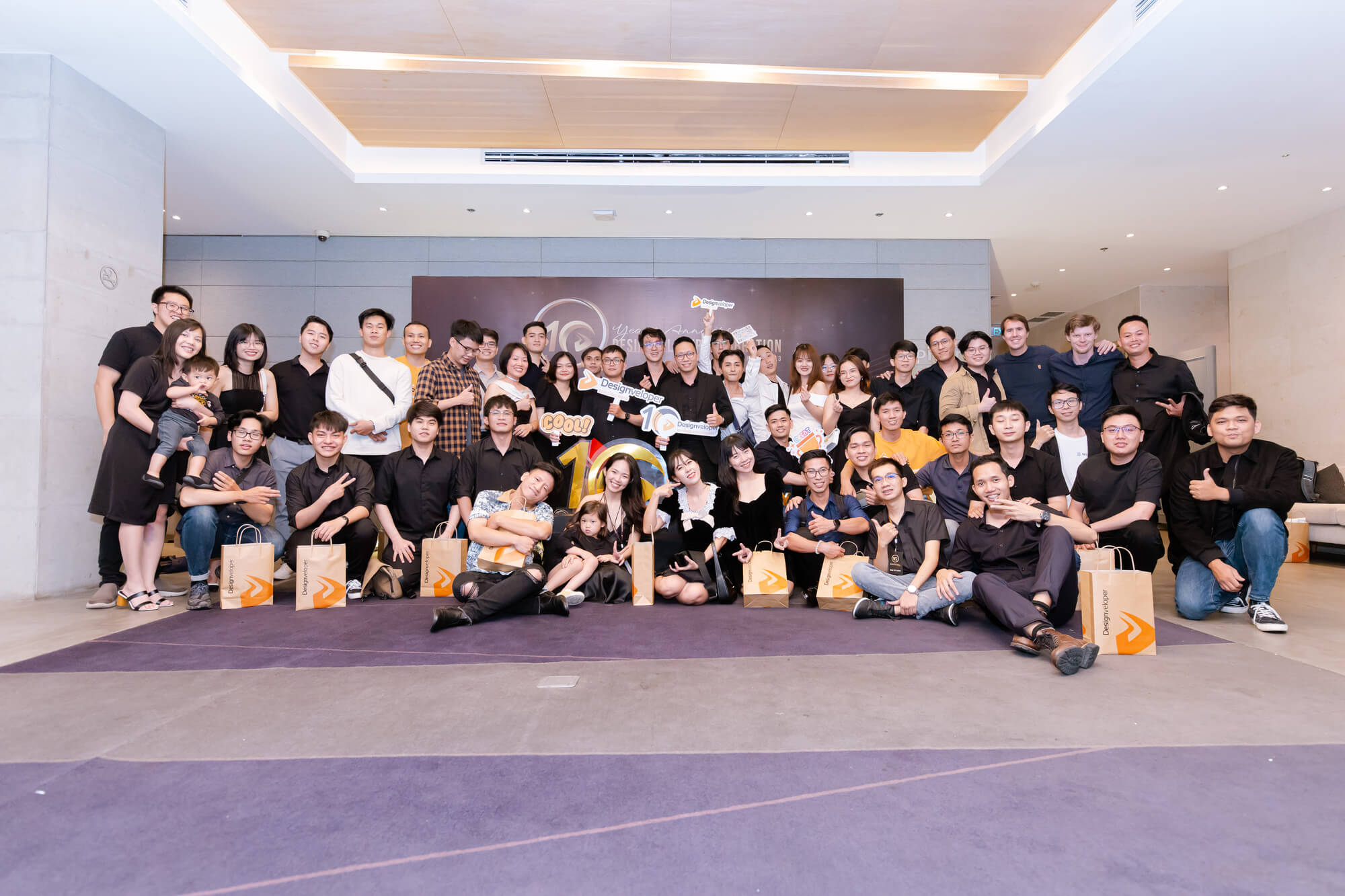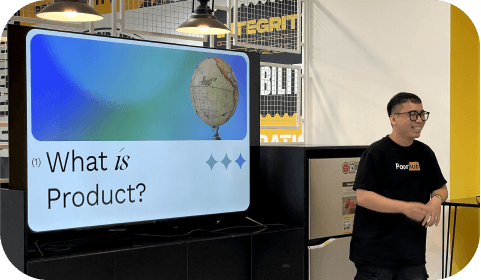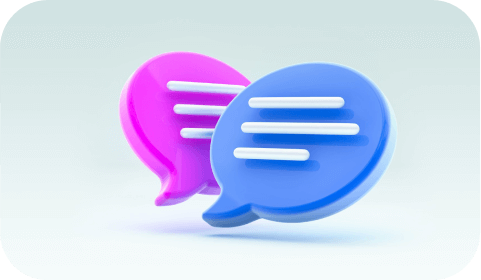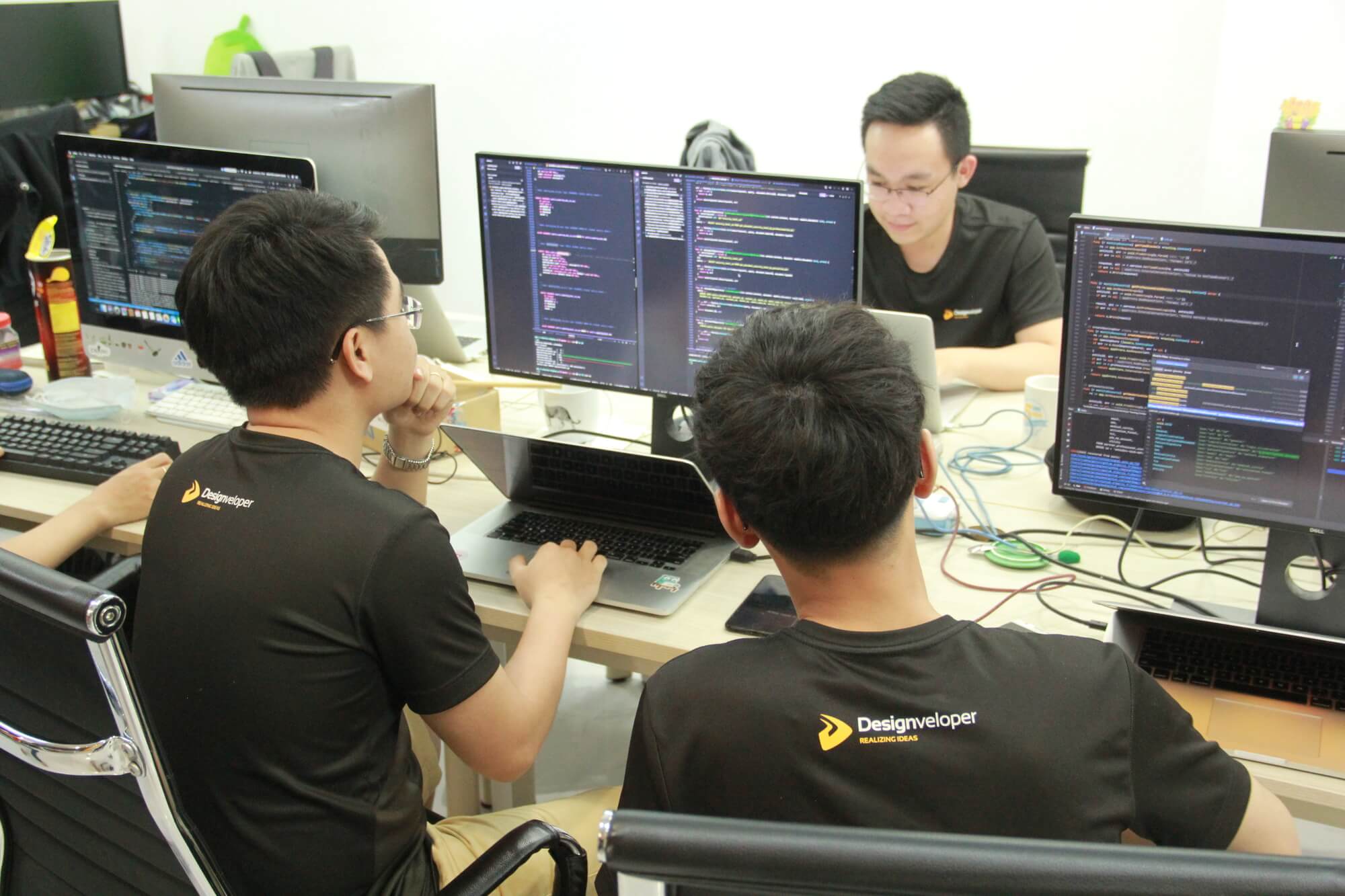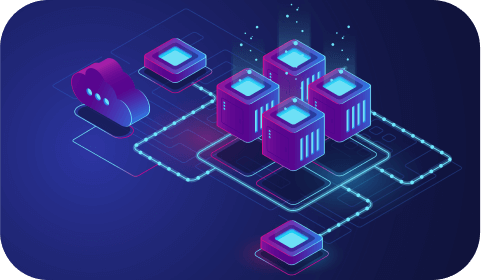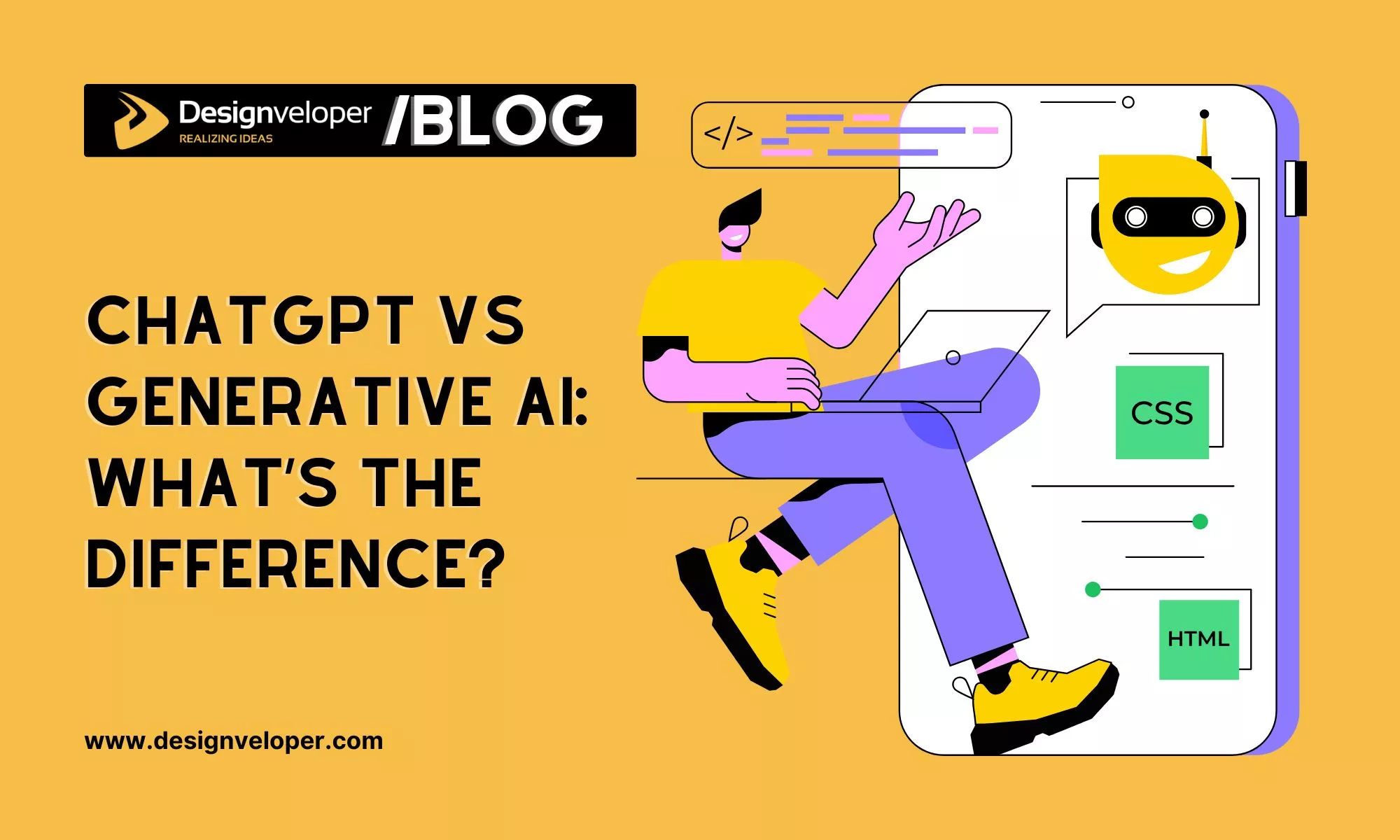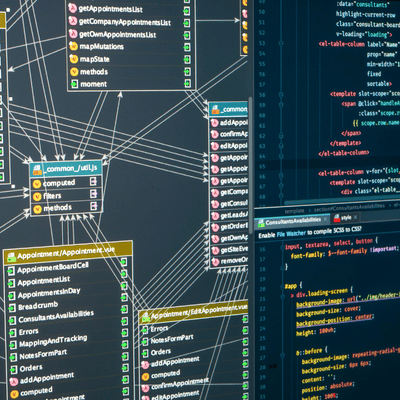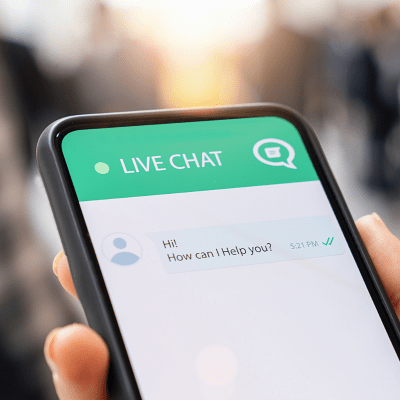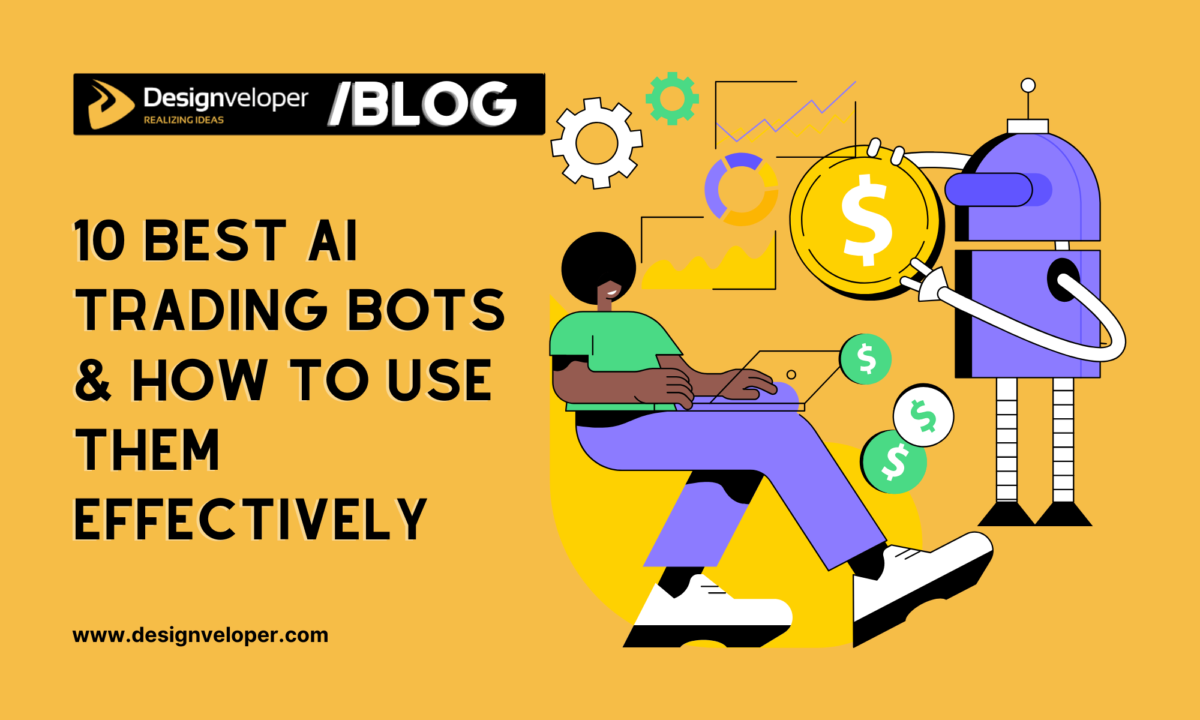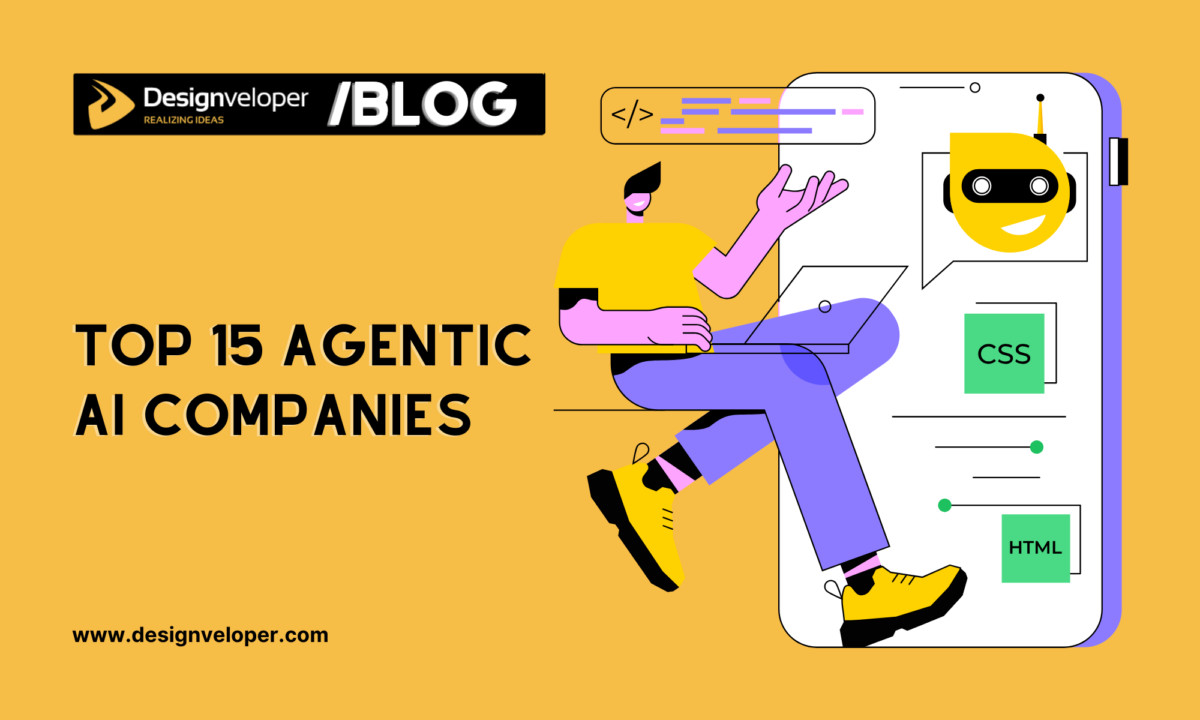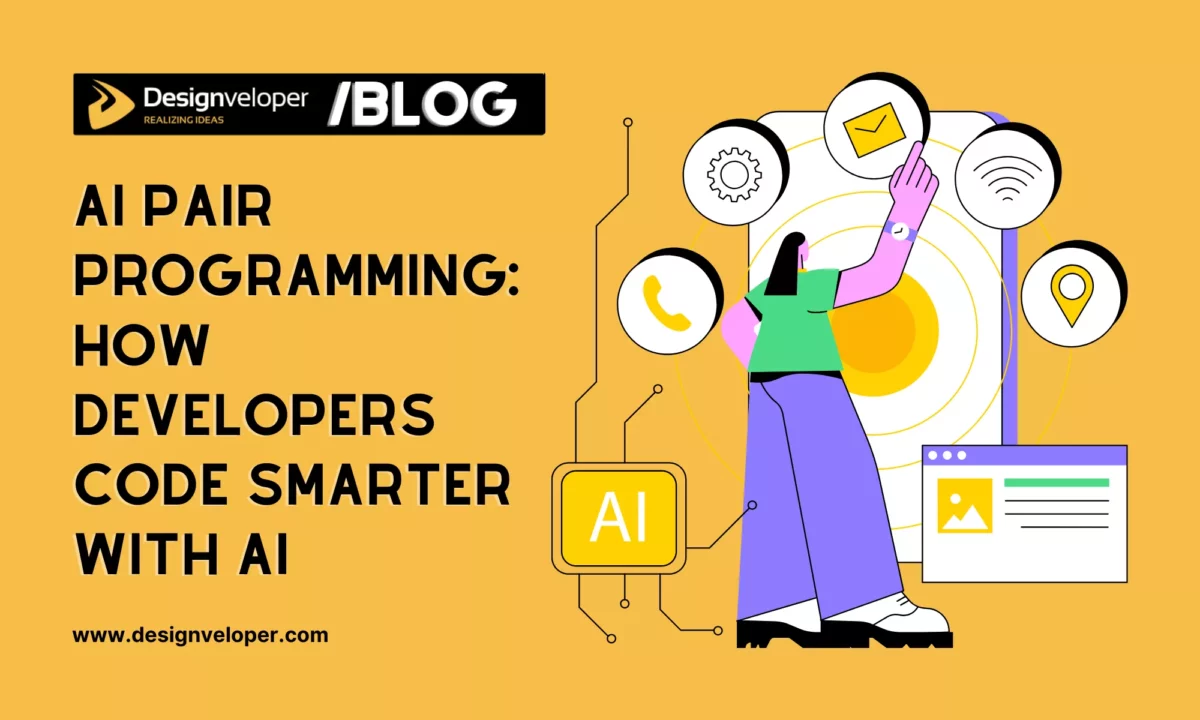
ChatGPT vs generative AI is a common comparison in today’s AI-driven world. Generative AI tools have proliferated quickly in industries, e.g. more than 90 per cent of Fortune 500 companies say that they have implemented some form of generative AI technology. The most popular of these tools is ChatGPT of OpenAI, which will have approximately 400 million weekly users by early 2025. This article will clarify what generative AI is, what ChatGPT is, and break down the key differences between ChatGPT vs generative AI in scope, design, capabilities, and use cases.

What Is Generative AI (GenAI)?
Generative AI can be described as a subdivision of the field of artificial intelligence that is concerned with the production of original content, as opposed to analysis of existing information. These AI systems are trained using huge amounts of data and they learn hidden patterns in texts, images, audio, or other data. Those learned patterns are then used to produce original content, i.e. writing a paragraph, writing a melody, or creating an image, which are similar to human-created works.
The creativity is normally attained through advanced machine learning methodologies (particularly deep neural networks) with generative artificial intelligence. Different architectures can be used with different media: a large language model (LLM) such as GPT can be used to generate text, whereas others can be used to generate a visual or audio art. One example of an image generation architecture, generative adversarial networks (GANs), takes the form of a generator network that is a network generating candidate images and a discriminator network that scores those images, modifying the generated image until it appears rather natural. Variational autoencoders and diffusion models are other types of model that are available and fitted in specific types of generative tasks.
Generative AI has gained momentum and ability within the past few years. Such tools as DALL·E 3 and Midjourney can generate detailed images, based on text prompts; other systems such as OpenAI Jukebox can generate music and GitHub Copilot can generate computer code. The effects are wide ranging – automation of content creation, design, code and research support. The generative AI market is also booming; for example, one analysis estimated the global generative AI market size at nearly $45 billion by the end of 2023. In short, generative AI is an umbrella term for any AI system that can produce novel content across various domains.
FURTHER READING: |
1. What Are AI Agents? Understanding the Backbone of Modern Automation |
2. AI Agent vs Chatbot: Side-by-Side Comparison and Practical Use-Case Guide |
3. How to Integrate AI Into an App |
What Is ChatGPT?
ChatGPT is a particular implementation of generative AI (so it’s not really ChatGPT vs Generative AI in a way, since ChatGPT is also generative AI). In other words, it is an AI chatbot created by OpenAI, which creates text messages in a human-like manner and in the conversational format. It was released publicly in late 2022 and it is based on the GPT (Generative Pre-trained Transformer) family of large language models. ChatGPT was either implemented around GPT-3.5, and subsequently upgraded to GPT-4, allowing the system to comprehend user queries and generate reasonable and contextually relevant responses.
ChatGPT is effective in text generation. It is capable of a conversation, responding to questions of facts, writing essays or articles, brainstorming, and even writing or debugging a computer program. The key one is a transformer-based neural network, which has been trained on massive amounts of text on the internet (books, articles, websites, etc.) in order to understand the patterns of language. With the help of such training, ChatGPT is capable of writing incredibly human-like sentences and tracking the context of a conversation.
Notably, ChatGPT’s capabilities have expanded over time along with its popularity. While it started as a text-only chatbot, newer versions are becoming multimodal – able to handle not just text input but also other forms like images or voice. By 2023, OpenAI’s GPT-4 model (accessible via ChatGPT) allowed users to input images for analysis and get visual descriptions, and ChatGPT can even respond with spoken words using integrated text-to-speech for voice conversations. It’s still fundamentally centered on text-based interaction, but these additions show how ChatGPT is evolving within the generative AI spectrum.
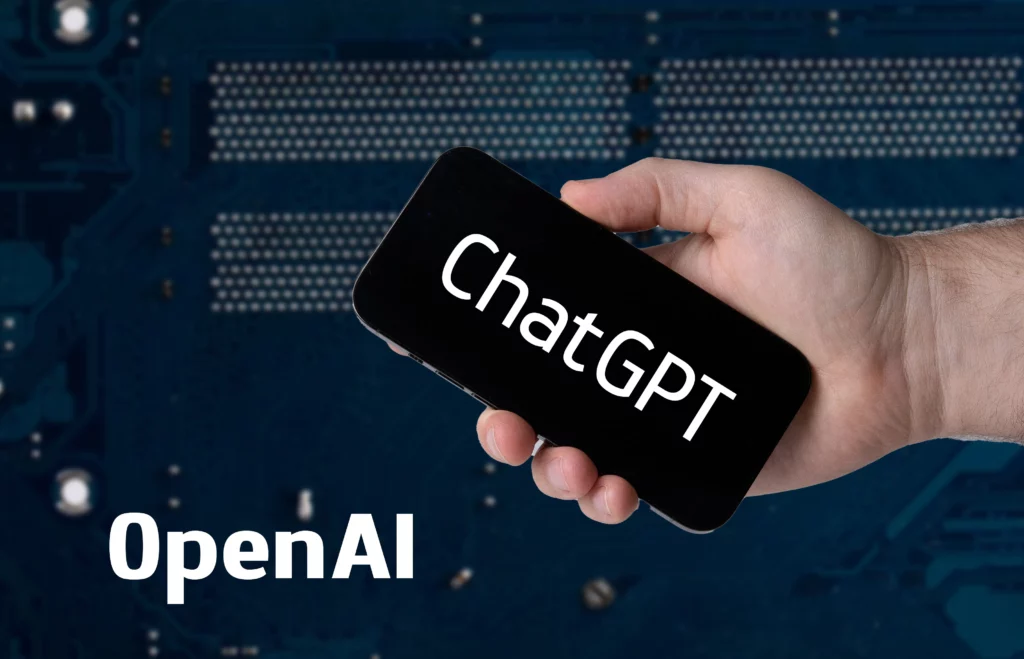
Is ChatGPT a Generative AI?
Yes – ChatGPT is a generative AI. As a matter of fact, ChatGPT is among the most noticeable examples of the generative AI technology that is currently present. It qualifies as a definition since it creates novel content (responses in the form of text) using a pattern that it observed in the training data. Answering a question to ChatGPT does not require the answer to be located in a database of answers; instead, it generates a word-by-word answer on the fly based on its learned language model. The characteristic of this generative process is what defines any generative AI system regardless of whether they are text-generating, image-generating, or any other media.
ChatGPT however can be considered a specialized form of generative AI. Generative AI Generative AI any AI that produces new output (images, music, code, etc.), but ChatGPT in particular generates human-like text and also performs dialogue. It was meant to be a conversational agent, being trained with such techniques as Reinforcement Learning of Human Feedback (RLHF) to provide useful and reasonable responses. Therefore, all of ChatGPT responses are the work of an AI model, but it mostly is text and chat.
Another fact worth mentioning is that contemporary ChatGPT models border on other modalities to some extent. ChatGPT is now in the new generation of multimodal generative AIs since with its latest models (GPT-4 and onwards), it can process images, and even produce speech output. Indicatively, you can input a picture into ChatGPT and question it, which is essentially the use of generative AI to create a descriptive text.
Key Differences Between ChatGPT vs Generative AI
Although ChatGPT belongs to the larger family of generative AI, it is convenient to make a comparison of ChatGPT vs. generative AI in general to recognize their differences. The major differences reduce to their scope, mechanisms, modalities, outputs, use cases, accessibility and limitations. These aspects are broken down below:
Scope
Generative AI (overall scope)
Generative AI is a loose term used to describe any AI system that generates a new piece of content. Its scope is very broad. There exist generative AI models that produce text, models that produce images, models that produce music or audio, and so forth. In a way, when an AI is generating something new, whether it is an article, a painting, a bit of code, or a synthetic dataset, it is considered generative AI. This implies that generative AI as an industry is cross-functional. As an example, a generative AI model could simulate human dialogue, and another one could produce the design of novel drugs. By definition it is an all-purpose category.
ChatGPT (specific scope)
ChatGPT vs generative AI is more limited in its scope. It is more concentrated towards text based communication and content generation. ChatGPT is a single product (or model) in the continuum of generative AI, which focuses on spoken and written assignments. Its main task is to receive the text prompt of a user and respond with a helpful and coherent piece of text. Although the current versions are capable of operating with images or voice input, the result ChatGPT delivers remains text (or oral representation of a text). Therefore, unlike generative AI in general, ChatGPT does not address the generation of images or writing music alone those functions are performed by other models of AI generated. Generative AI can be considered that toolbox, and ChatGPT a very polished tool in that toolbox that is the language.
In real-life experience, when one claims that they require a generative AI solution, then you would need to inquire about what type of content they require. In the case of ChatGPT, it is obvious that the answer to that is text and dialogue. Generative AI is the general notion; ChatGPT is a specific implementation of the notion with a narrow scope (chat and text generation).
Mechanisms and Architectures
Generative AI (various architectures)
Generative AI models under the hood can have varying machine learning architectures and algorithms depending on their generation. No uniform mechanism exists with all generative AI. To use an example, a number of image-generating AIs are based on Generative Adversarial Networks (GANs) or diffusion models. In a GAN, there are two neural networks, a discriminator and a generator, which are trained jointly: the generator attempts to make new images, and the discriminator compares them to authentic images, forcing the generator to become more refined until the results appear to be real.
Some text generators (such as GPT models) and some image or audio generators use the Transformer architecture, which is built upon attention mechanisms instead of adversarial training. Variational autoencoders (VAEs) also exist, as do variational autoencoders of things such as images synthesis, and in the pastdays there were recurrent networks, replaced by transformers. To conclude, generative AI is an area that is represented by various architectures, including GANs, transformers, VAEs, and others, each of which can be applied to various types of generative tasks.
ChatGPT (specific architecture)
ChatGPT is implemented in the context of a specific architecture the GPT (Generative Pre-trained Transformer) model, the kind of transformer neural network. GPT models use an attention-based predictive and generation process unlike GANs which rely on the generator/discriminator duel to create content. The transformer architecture allows the model to focus on various elements of the input context in the process of creating individual words, which can be used to sustain coherence and active context across extended passages.
The model used by ChatGPT has been initially pre-trained on a large text corpus (learning general patterns in language) and then fine-tuned (including human feedback) to act in a conversational, polite way. It operates basically on steroids, in that, with a prompt provided, it computes the likelihoods of different subsequent words or tokens, and selects the sequence which constitutes a fluent, relevant response.
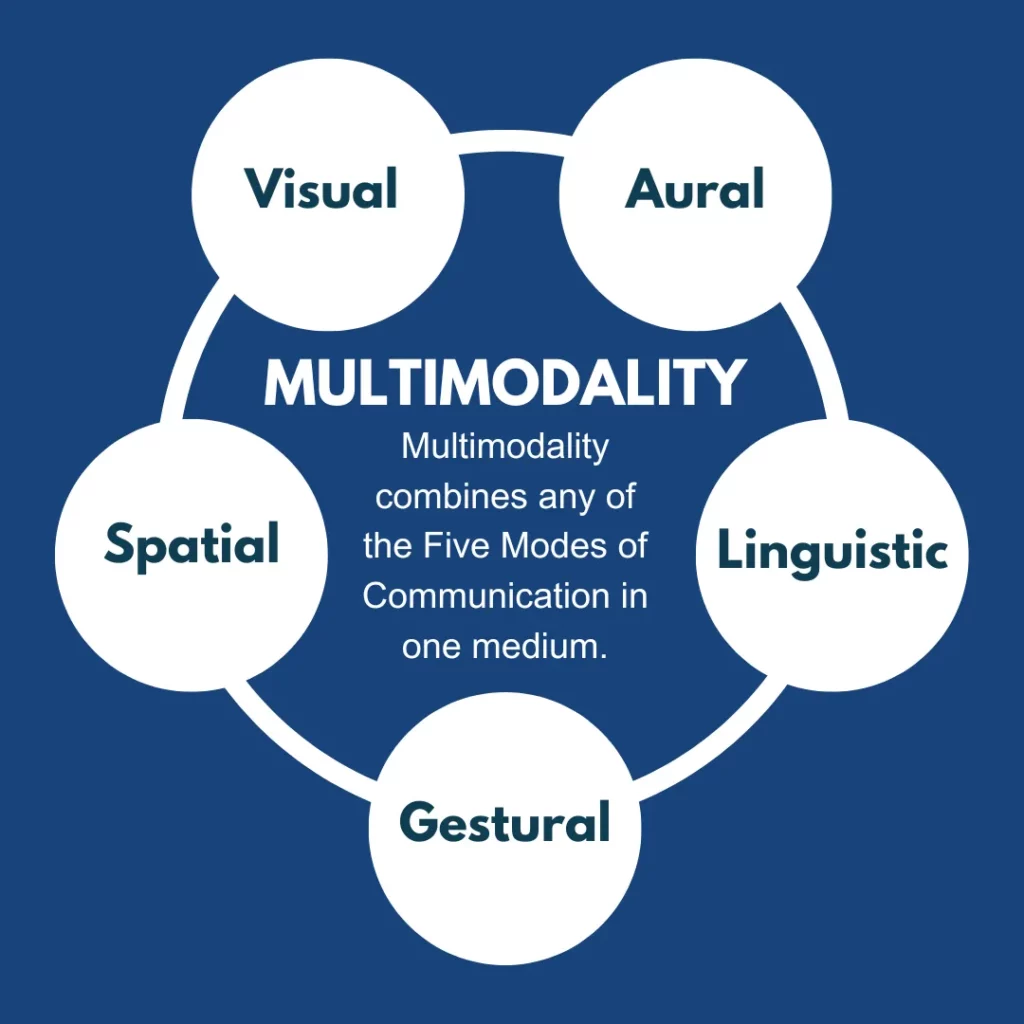
Multimodality
Generative AI (multi-modality as a whole)
All modalities of data mean generative AI. Text (language) generative models, image (vision) generative models, audio (sound/music) generative models, video and even multimodal generative models exist. An example is that one of the models could produce an image given a text description, and another produce text captions given an image. Generally speaking, the idea of generative AI does not necessarily mean that it can only be applied to a single medium – it covers any type of AI that creates any type of content.
In modern trends, certain high-tech generative models themselves are becoming multimodal (supporting more than one modality); one notable example is a model that is provided by Google named Gemini and another offered by OpenAI named one multimodal model that can operate with both images and text. However, significantly, looking at generative AI as a complete unit, it covers and employs various modalities through the application of dissimilar specialized models. One of them may be trained to work with images, another one with text, another one with audio, etc., all within the framework of generative AI.
ChatGPT (primarily text-based, now with some multimodal features)
ChatGPT was originally a unimodal model with no emphasis on multimodality. You would input a query and it would respond in writing. This was its form of operation. In recent times, OpenAI has added features of ChatGPT that provide it with a degree of multimodality, such as the ability to receive image inputs (you can present it with a picture or a diagram and ask it questions about it) as well as respond with a generated description or analysis of the image. It has also been provided with a voice sense- that it is able to provide spoken words (converting its text response into audio to you). To a certain degree, ChatGPT with GPT-4 is a multimodal large language model.
Nonetheless, the main form of ChatGPT is still language. It generates the answers in form of text (or voice which is actually reading its text). It does not simply generate an image file or a piece of music on its own, but it may interact with other generative models to do so (as in the case of OpenAI, DALL·E being part of ChatGPT to generate images on command, the underlying implementation is a different image model). However, when we are generally concerned with generative AI, we also have specialized image generators such as Midjourney that only deal with images or audio generators that only deal with audio.
Therefore, ChatGPT vs generative AI is not that multimodal. It is growing outside of pure text, and not as multimodal as a collection of all generative AI models in the world. When comparing the two: generative AI (generally) can be used to address any modality, and ChatGPT began addressing one (text) and is only now beginning to explore others.
Output Types
Generative AI (varied outputs)
Because generative AI models can work across different data types, the outputs of generative AI can be anything from text to images to audio. The exact output format depends on the specific model and task:
- A language model (like GPT) outputs text – paragraphs of writing, answers to questions, dialogues, code, etc.
- An image generation model (like DALL·E or Stable Diffusion) outputs a digital image.
- A music generation model outputs an audio file or music clip.
- Some advanced systems might even output video content or 3D models.
In the context of generative AI as a whole, one could say the output types are multi-format: generative AI can produce text documents, pictures, sounds, videos, or even structured data. Each model typically specializes – e.g. Midjourney produces an image file when you give it a prompt, whereas GPT-3 produces text. There isn’t a single model that outputs everything at once (yet), but collectively the field covers all these modalities.
ChatGPT (output type)
The result provided by ChatGPT is almost entirely natural language text. The way you communicate with ChatGPT is that you get a written reply. It can be one sentence or several paragraphs, or even coded or a list of items, but it consists of all the text characters. When you propose to ChatGPT to write you a poem, you end up with a piece of text of that poem. Ask it to assist in solving a math problem and it provides you the answer in text (possibly with equations presented in a text format). However, recently, when using voice chat with ChatGPT, it will read out its text response aloud, but this audio is also created by text (through a text-to-speech engine). The core output is textual even under the hood; voice feature is an addition that is convenient to the user.
By comparison, ChatGPT is significantly more limited in its output type compared to generative AI in general. It does not simply produce an image or a sound file as its main purpose. In case a person requires an AI to create an image, ChatGPT would not be enough, and it would require another model. ChatGPT can, though, generate code, HTML markup or other text-based outputs at will, which demonstrates versatility in text outputs. However, in its core, ChatGPT = text generator. In the meantime, generative AI (general) = text generators + image generators + audio generators + etc., each of which has its own type of output.
Use Cases
Because of the differences in scope and output, ChatGPT vs generative AI have overlapping but distinct use cases. Here’s how they compare:
Generative AI Use Cases (General)
Generative AI is applied in a wide range of creative and productive tasks across various fields. For example:
- Image generation and design: Tools like DALL·E or Midjourney can create original artwork, illustrations, or design concepts from text prompts. This is useful for graphic design, advertising, or brainstorming product concepts.
- Music and audio composition: Generative models can compose music tracks or sound effects in a specified style, aiding musicians or content creators in producing royalty-free music.
- Video and animation: Experimental generative models create video clips or animations (though this is more complex), which could be used in entertainment or simulations.
- Writing and content creation: Beyond ChatGPT, other generative text models might specialize in writing full articles, stories, or social media content automatically.
- Code generation: AI like GitHub Copilot (powered by OpenAI’s Codex, a GPT-based model) can generate and suggest code to developers, accelerating software development.
- Data augmentation: Generative AI can create synthetic data (images, text, or records) to help train other models or test systems when real data is limited.
- Domain-specific creations: For instance, generating molecular structures in pharmaceuticals, or generating new architectural designs – anywhere creativity and variety are needed, a generative model could be put to use.
- Essentially, if there is a need to produce new material in digital form, generative AI likely has a use case there. It’s about augmenting or automating creative and constructive tasks.
ChatGPT Use Cases (Specific)
ChatGPT, being a conversational and text-oriented AI, shines in tasks that involve language understanding and generation in an interactive setting. Common use cases include:
- General Q&A and Information Retrieval: People ask ChatGPT all sorts of questions, from factual queries to advice, and it provides answers in a human-readable form. It’s like an AI research assistant or tutor for a vast array of topics.
- Content drafting and writing assistance: ChatGPT helps write emails, essays, reports, blog posts, and even creative writing. It can generate a first draft or help refine a piece of text. Many use it to brainstorm ideas or overcome writer’s block, since it can continue a story or suggest content given a prompt.
- Summarization and explanation: It can summarize long documents or articles into shorter briefs, making it useful for digesting information. It can also explain complex concepts in simpler terms, acting as an educator.
- Language translation and transformation: ChatGPT can translate text from one language to another, or convert text into a different style or tone (e.g. turning bullet points into a narrative, or making text more professional or more casual).
- Coding help: Programmers use ChatGPT to write code snippets, debug errors, or explain programming concepts. You can paste an error message or a block of code and get suggestions. It’s like a coding assistant that can produce and review code in multiple programming languages.
- Chatbot and customer service simulations: Businesses experiment with using ChatGPT (or its API) as a virtual assistant to handle customer inquiries or provide support in a conversational manner.
- Personal assistant tasks: ChatGPT can help with planning itineraries, generating shopping lists, creating meal plans, or providing recommendations – all through conversational interaction.

Cost and Accessibility
Generative AI (development & access in general)
Generative AI models, especially the cutting-edge ones, can be expensive to develop and run. Training a state-of-the-art model requires massive computational resources, large datasets, and specialized expertise. For example, training the GPT-4 model (which underpins the latest ChatGPT) is estimated to have cost on the order of $100 million in computational expenses. Not every company or researcher can afford to build such models from scratch. Moreover, some generative AI systems need powerful hardware (like high-end GPUs or TPUs) to run inference, particularly for tasks like real-time image or video generation.
Accessibility however has been on the increase. Numerous generative AI frameworks are provided as cloud computing solutions or open-source library versions. Open-source models (e.g. Stable Diffusion to generate images, smaller language models) can be downloaded and run by anyone as long as one has a decent computer. Conversely, proprietary models (such as the most recent GPT models produced by OpenAI) are usually called via an API or web interface, usually with a usage fee. The image generators may charge per image or subscriptions and the API access to a text model may charge per thousand tokens of output.
Generally speaking, generative AI utilized to need a strong technical aptitude (such as knowledge in coding and machine learning) is becoming easier to use thanks to the rise of less complex tools. Nevertheless, the most expensive ones and the generative solutions tailored to your needs may be expensive, as you can pay with money (cloud compute or API requests) or time and experience (to prepare and optimize open-source models).
ChatGPT (cost and accessibility)
ChatGPT entered the market with low barriers to entry, which is one of the reasons why it gained so much popularity. The ChatGPT website is accessible to any person with an internet connection, where the use of the chatbot comes free. The free version of ChatGPT provided by OpenAI enabled millions of individuals to give it a test run effortlessly and this was a massive contributor to the high adoption rates. Paid subscriptions (ChatGPT Plus, approximately $20 per month) are also available, which have faster answers, priority access and the access to the newest models (including GPT-4).
As a user, it implies that ChatGPT is much more accessible than several other/many generative AI tools that may need to be installed or may incur user fees. It does not require any specific hardware or technical expertise, and the intricate heavy lifting (the model running on GPUs) is computed on the servers of the OpenAI. This ChatGPT software-as-a-service architecture made an advanced version of generative AI accessible to just about any person. Conversely, when you want to make use of a generative AI, such as, to generate pictures, you may need to subscribe to a particular service.
Regarding the cost, the use of ChatGPT is fairly cheap in most cases. It is free to casual users to some extent. ChatGPT can be integrated with businesses or power-users through an API, which is usually charged by request (per token), but at a comparatively low price compared to the cost of employing a human worker to do similar work. In terms of cost, ChatGPT is infinitely cheaper and much quicker to get running, you are essentially renting the enormous investment of OpenAI (training cost, infrastructure) at no or with negligible cost.
Limitations
No AI system is without its flaws, and it’s important to understand the limitations of generative AI in general and ChatGPT in particular. Many limitations are shared between ChatGPT vs generative AI, since they stem from how these models learn and operate.
Lack of True Understanding
Generative AI models lack any actual human understanding or sense of consciousness. They are predictors and know the outputs but they do not seem to actually understand the meaning or context as a human being does. An example is a generative model that produces a paragraph on a topic that sounds highly coherent to a reader, but in fact, the model has no idea whether what it is saying is actually true or has any real feel of the concepts and is merely piecing together probable patterns of words together. This is to say that the AI is at times wrong or illogical and appears confident since it lacks physical experience or logic other than patterns in data. ChatGPT can make a wrong statement with a highly confident voice, and that can be very misleading to the user, assuming that it has an unquestionable knowledge base.
Potential for Errors and “Hallucinations”
ChatGPT vs generative AI both are capable of generating wrong or even completely made-up information, a phenomenon commonly known as AI hallucination. As an example, ChatGPT can be very confident in its ability to provide a wrong response or even create facts or sources when it does not know the correct one.
On the same note, an image generator may generate deformed or alien stuff that appears on the surface as real but contains non-certainties (a person with more than the usual number of fingers, text inside the image is gibberish, and so on). The models lack the natural truth-checking mechanism; they provide what appear to be reasonable given training data, this is why errors do occur.
Another related problem is bias, in case the training data contained biases or stereotypes, then the result of the AI can contain it (e.g. in the response or imagery). Generative AI will not be judgmental and will produce dangerous or erroneous material when asked in some manner.
Ethical and Misuse Challenges
Otherwise, malicious intent may be used to generate AI. As an illustration, it can produce highly realistic deceptive images or videos (deepfakes), or it can produce misleading text on scale (such as fake news posts or spam). This casts doubts on misinformation, fraud and intellectual property infringements. The technology is not ethical because it will do whatever is demanded unless it is limited. ChatGPT has certain content filters and policies (to prevent hate speech, harassment, etc.), which determined users may evade or evade by using alternative generative models that lack content filters. Production of human-like content implies that bad actors are capable of impersonating others or may produce more fraudulent content much easier. Such restrictions are limitations in the sense that an AI requires society to steer the AI with restrictions and regulations the AI will not automatically know wrong by default.
Data Privacy and Originality
Generative models are conditioned on large data sets which can typically contain publicly accessible text or images. They may accidentally spew elements of their training data in their outputs. In the case of text models, this might be the verbatim quoting of sentences in a book or article without referencing. In case of image models, it has happened that a model can reproduce sections of images that it observed during training. This creates the issue of copyright and privacy. In case the personal data of a certain person or a paragraph that is under copyright is included in training data, the model would occasionally reproduce it without knowing that it is sensitive or copyrighted material. Thus, the first weakness is that generative AI may not necessarily create completely original content – it recreates the training material, and in some cases the recreation may be very similar to the original.
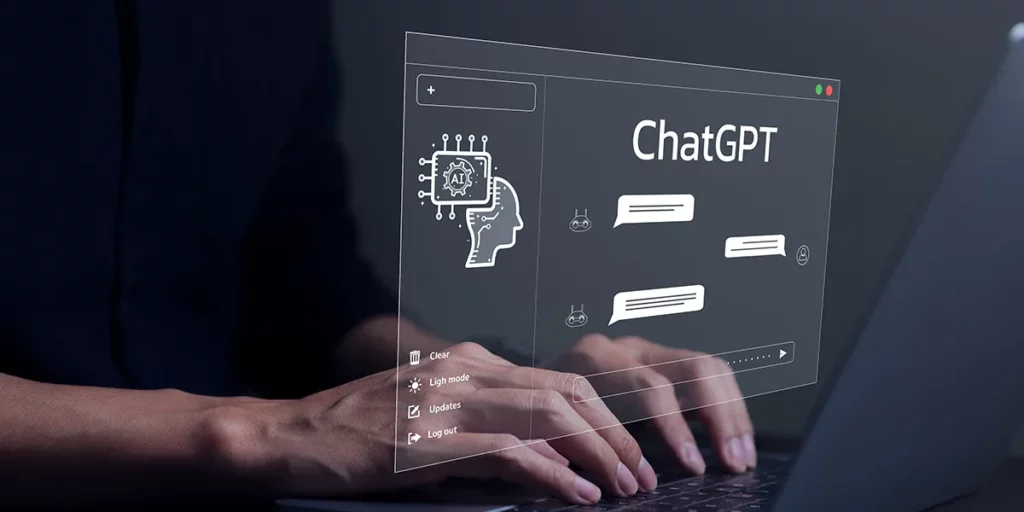
ChatGPT-specific Limitations
In addition to the above general points, ChatGPT vs generative AI has a few particular constraints:
No up-to-date Knowledge
ChatGPT does not automatically know about events or information after its training cutoff (which was around late 2021 for earlier versions, and later for GPT-4, but still not real-time). It cannot browse the internet or get live data on its own (unless a user has a special plugin or the browsing mode enabled). So it may be unaware of recent news or changes and might give outdated answers about current events.
Cannot Verify Facts or Sources
If you ask ChatGPT for a factual piece of information, it provides an answer but doesn’t reliably cite sources by default (unless prompted to). It can also sometimes invent citations that look real but are not (a quirk observed when people ask it to provide references). So, users need to verify important information from trusted sources; ChatGPT isn’t a guarantee of truth.
No Agency or Browsing (by default)
The standard ChatGPT interface won’t go search the web for you. It only knows what it was trained on. (OpenAI has introduced some features like plugin support to let it fetch information or execute code, but those are add-ons and not part of the core model’s knowledge). This means if you ask a question about something obscure that wasn’t in training data, ChatGPT might have no information and could potentially make something up rather than say “I don’t know.”
Lacks Human Common Sense and Emotion
ChatGPT can simulate an empathetic or humorous tone, but it does not actually feel emotions or understand human values. It might thus respond in ways that miss nuance or offend if prompts are ambiguous. Additionally, it might not get a joke or sarcasm correctly all the time. This is because it operates on pattern recognition, so jokes and emotional responses are just patterns it learned – sometimes it misses context that a human would catch. As a result, it could give an inappropriate response without realizing it. Users must remember they are interacting with a pattern-based entity, not a thinking being with genuine empathy or intent.
Context Length and Memory
ChatGPT has a limit to how much conversation history it can remember (this is determined by the model’s context window, which might be a few thousand tokens for GPT-4). If a conversation is very long, it may forget or lose track of earlier details. This can lead to inconsistencies or repetitive responses in a long chat. It’s a technical limitation stemming from model architecture.
In light of these limitations, it’s clear that while ChatGPT vs generative AI are powerful, they are not perfect or all-knowing. Users need to exercise judgment and not rely blindly on AI outputs, especially for crucial decisions. Developers of these models are actively working on mitigation strategies – for example, OpenAI refines ChatGPT to reduce false answers and has moderation filters to catch extreme outputs. But at the end of the day, the difference between an AI like ChatGPT and a human expert is that the AI has no real-world understanding or accountability. It will do exactly what it’s told (to the best of its learned ability), with no sense of truth or consequences.
Conclusion
At Designveloper, we view the evolution of chatgpt vs generative ai not just as a technological rivalry—but as a powerful synergy shaping the future of digital innovation. Both represent different layers of the same creative intelligence revolution: generative AI as the broad foundation, and ChatGPT as one of its most impactful real-world applications.
As a leading web and software development company based in Vietnam, we’ve seen firsthand how integrating generative AI tools like ChatGPT can transform how businesses design, develop, and deliver products. With more than 200 successful projects completed worldwide—including standout products like LuminPDF and Bonux, our team has consistently embraced cutting-edge AI frameworks to accelerate development cycles and enhance user experiences.
Generative AI allows us to automate prototyping, enhance UX/UI workflows, and generate optimized code snippets, while ChatGPT helps our developers and clients collaborate seamlessly—bridging the gap between idea and execution. For example, during product sprints, our developers now use AI-driven pair programming and ChatGPT-assisted documentation to cut coding and testing time. This integration of generative AI and conversational intelligence has become a vital part of our Designveloper Agile Workflow, enabling smarter, faster, and more human-centered solutions.






Read more topics
You may also like



















